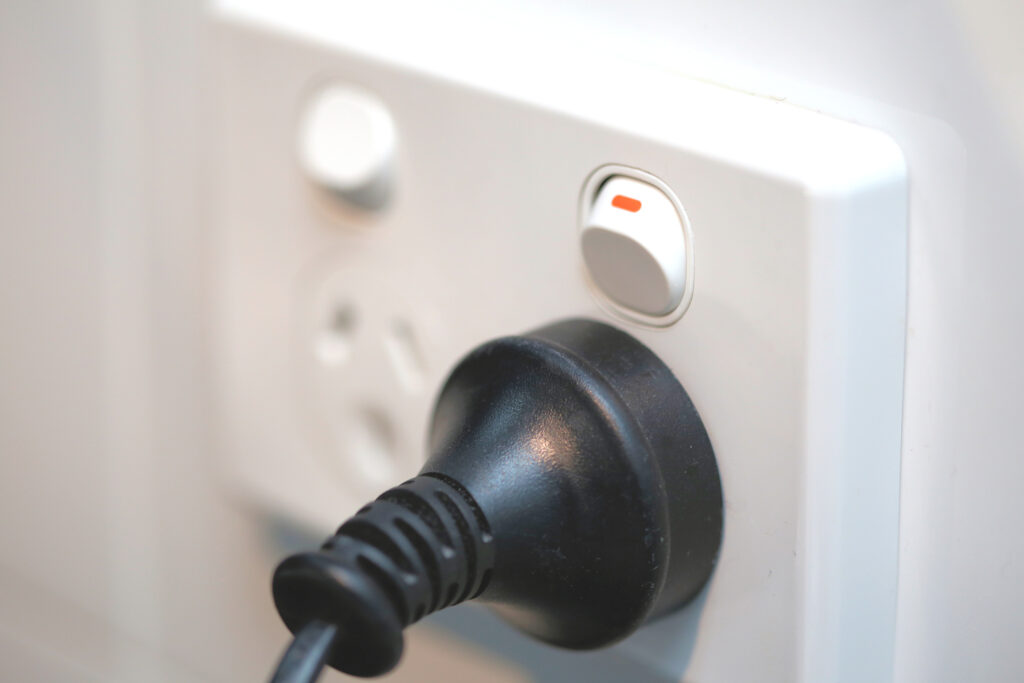CHAPTER 4: HOW TO GET OFF GAS
Understanding household energy use
After you have read through the information on what you can do, it’s important to think about how you can best make the right decisions for your household and maximise your savings depending on the climate and state you are in.
Where does your energy go?
It’s helpful to know which parts of your home use the most energy so you can see where you may be able to make the most savings.
Once you understand where your energy is being used, you can get some of your bills together and look at how you use energy in your home, when are your peak times and where you would like to make the most savings.
A typical Australian household spends around $2000 on energy every year. Everyone’s usage is different, but energy use in your home roughly breaks down like this:
Manage your energy use
These steps will help you manage your energy use and prioritise actions that might reduce costs:
1. Do some simple comparisons
Comparing your energy use across the previous year gives a picture of your energy consumption in different seasons. If your use is higher in winter or summer, investigate the reasons why and options for reducing it.
2. Move away from peak times
Not all states have different tariffs for peak and off-peak usage so best to check out your electricity bill. Some contracts will reward energy use outside the peak times (usually 10pm until 7am). Running your washing machine late at night is one example of changes you can make. It’s worth noting that if you have solar, the best time to use energy can be during the day, for example by timing a heat pump hot water system to heat water in the afternoon.
3. Consider the times of day when you use the most energy
The times of day when you use the most energy will be an important guide in selecting the right energy contract. Are you home during the day or does your family arrive home together and turn on heating/cooling and appliances?
Sustainability Victoria has a useful Household Energy Action Guide on how to make the most savings at home.


Understand your electricity bill
There are guides from many retailers that can explain how to read your energy bill. In it they cover how your monthly bill is calculated, your unique National Meter Identifier, how much electricity this account uses, and what usage charges, tariffs and rates are included.
Your energy bill will also contain a “load profile” which is a graph that shows how the energy consumption of a house, or individual appliance, varies throughout the day. It is most used for electrical appliances, where it shows the average electrical power consumption for a certain time interval, in either Watts or kilowatts. For gas appliances, the average gas power consumption is shown in MJ per hour. It also discusses how to identify the estimated greenhouse emissions for the electricity used during the billing period using government greenhouse emission figures. It also includes concessions and information on solar generation if relevant.
Likewise, your gas bill has unique features which may need some explanation. Like an electricity bill, it contains the period covered, the tariff which relates to the type of meter at your premises, which then determines the plans or products available and the rates at which you are charged for your gas usage.
Because different temperatures and pressure levels affect how much gas you need, a ‘heat value’ and pressure factors are provided by your distributor to the retailer and are used to adjust your final bill. Your gas bill should reflect the amount of energy in MJ your gas has provided.
You can also control how you pay your utilities, and whether you use direct debit. Many providers give you the opportunity to monitor your usage through real-time apps and advise when your next meter read will be.
Learn how to compare and explain your electricity use
Energy Made Easy provides online calculators for you to compare electricity and gas contracts available from energy retailers and find the best option for your household. Estimate your potential annual energy costs under each contract. Refer to your previous electricity and gas bills. If you don’t have these, ask your current energy retailer to provide them.
You can also use online tools to work out how much energy each of your appliances are likely to be using. The Energy Rating Calculator shows expected energy usage and estimated running cost of many appliances. These tools can help you:
- Input the brand and model of the appliance;
- Check the annual energy usage, and the expected running cost;
- If your electricity price is different from the calculator amount, multiply the kWh price on your bill by the energy usage to get an expected running cost.
Energy Australia also provides a useful explainer to reading an electricity bill.










